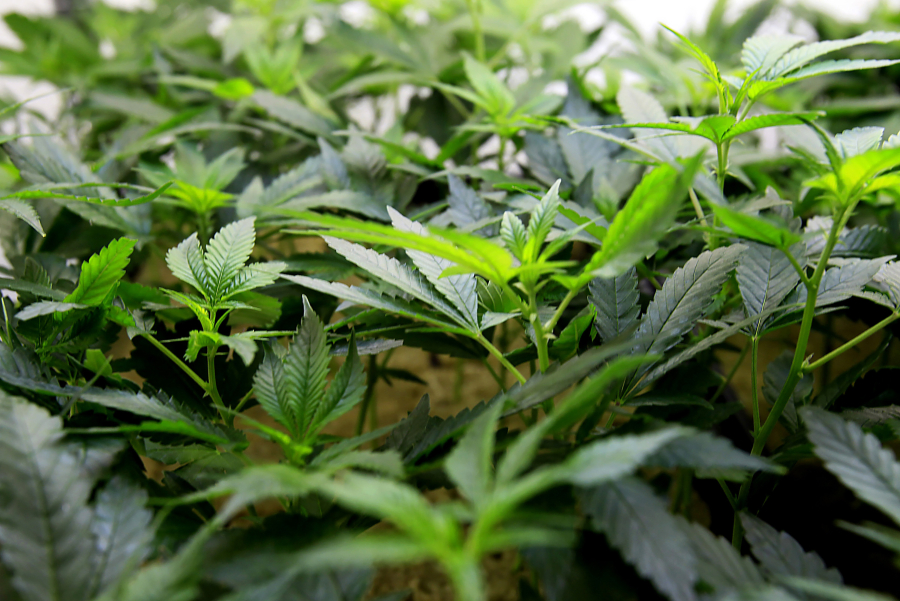Cannabis users are often stereotyped as lazy couch potatoes satisfying their munchies with junk food. But a new study from the University of Colorado pushes back against that generalization, highlighting how marijuana plays an important role in fitness for some and how the substance even can be used as a motivational tool for exercise.
The study, published last month in Sports Medicine, evaluated 42 runners and compared data points from their experiences exercising both sober and after smoking a joint. Participants were able to choose whether the strain of cannabis they consumed was high in cannabidiol (CBD) or tetrahydrocannabinol (THC). The latter produces the feeling of being high.
Runners booked three, 30-minute running sessions on a treadmill at the university — one to set a baseline, one sober and then one high — and were periodically asked questions about their motivation and pain levels, and the enjoyment and difficulty of the workout.
The vast majority of participants (90.5 percent) reported feeling more enjoyment from the exercise after consuming cannabis, researchers found. Most also said it decreased their pain (69 percent), increased their focus (59.5 percent) and helped them stay motivated (57.1 percent).
Anglea Bryan, a professor of psychology and neuroscience at CU, said the results aren’t too surprising given that she recruited runners who already embrace cannabis as part of their workout routine. Still, she hopes the results will motivate others to get active.
“We have an epidemic of sedentary lifestyle in this country, and we need new tools to try to get people to move their bodies in ways that are enjoyable,” Bryan said. “If cannabis is one of those tools, we need to explore it, keeping in mind both the harms and the benefits.”
According to the study, folks don’t need to get high to reap the benefits of cannabis in this way. Participants who consumed CBD-dominant cannabis more often reported feelings of euphoria and the so-called runner’s high than those who consumed THC-dominant strains.
Even if runners had more fun while under the influence, marijuana did not strengthen their abilities. Less than a third (28.6 percent) reported that cannabis improved their performance, noting the workout felt harder and more intense. That supports findings from one of Bryan’s earlier studies, in which participants ran 31 seconds slower per mile after smoking weed.
“We know with 100 percent certainty that THC is not performance enhancing. If anything, it hurts performance,” Bryan said.
Experts previously believed endorphins caused the runner’s high, but newer studies suggest it could be a reaction in the body’s endocannabinoid system, Bryan said. That might be one reason cannabis enables runners to tap into positive feelings.
Bryan’s interest in cannabis use and exercise dates back to the early days of legalization in Colorado. As a scientist studying how to get people to adopt healthy habits, she worried that wider access to marijuana might lead to more problematic health outcomes.
In 2015, Bryan began culling existing research about cannabis users. The results shattered her misconceptions.
“From an epidemiological perspective, it turned out that not only were cannabis users not less healthy; they were more healthy. They had less incidents of type 2 diabetes. They were less likely to be in a high BMI category. They had better waist-to-hip ratio, better insulin function — none of the things you would suspect,” Bryan said. “When we looked more specifically into physical activity, it turned out cannabis users are more likely to meet activity guidelines than non-users.”



